How to cater to a cross-pair microbiota: planting and grooming subtleties
Conifers are especially popular with gardeners, which are not only a luxurious addition to the garden design, but also fill the surrounding area with a pleasant smell. The bushes of the cross-paired microbiota are distinguished by the softness of the needles to the touch and amazing beauty. Growing them at home is not an easy task; a special approach is needed here.
Choosing a place and planting a plant
For better growth and normal development of a bush, which reaches 7 m in width and up to 1 m in height, you need to choose the following area:
- shaded, the best option is near tall trees with thin crowns;
- with loamy or sandy loam soil, on other soils it is recommended to add sand and organic fertilizer to the planting pit;
- spacious so that an adult bush does not obscure other plantings; if you need to get a thick border, then the plants are planted at a distance of 50 cm from each other.
Microbiota planting technology:
- Dig a planting hole in accordance with the size of the root system of the bush.
- At the bottom of the hole, lay a drainage layer (20 cm) of fine gravel, brick fight.
- Fill the pit with fertile soil mixed with organic fertilizer and sand in a 1: 2: 1 ratio.
- Place the plant so that its roots do not intertwine with each other. You should not bury the root collar, it should be on the surface.
- Gently cover the roots and lightly compact the soil.
- Water and mulch liberally with sawdust or peat. The layer thickness must be at least 10 cm.
Reproduction methods
It is possible to breed cross-pair microbiota by seed method and vegetatively, using layers and cuttings. Sowing seeds is not effective, since the plants are mainly represented by male specimens, and female specimens appear only at the age of 15-17 years.
For cuttings, shoots creeping on the ground are chosen, and for harvesting cuttings - lateral branches of the first and second years of life, the length of which is 8-10 cm.
Important
The survival rate of cuttings of the microbiota is not high, only 1/3 of the total amount is taken.
The recommended time for grafting is late spring.
Operating procedure:
- Separate the twig with part of the bark from the mother plant and treat the workpiece with the Kornevin stimulator.
- Place the cutting 1/3 of its length in a container filled with fertile soil.
- Cover it with a jar or plastic wrap to create a greenhouse environment.
Watering the cuttings is necessary as the top layer of the soil dries up. It is not necessary to add nutrients during the germination period. After 2.5-3 months, young roots are formed, but the microbiota can only be planted next summer.
Care rules
The microbiota, like many ephedra, is sensitive to planting and grooming errors.
Moisturizing. The plant does not tolerate stagnation of liquid, and drought is just as destructive for it. In hot weather, the ephedra needs daily spraying and uniform moisture. Using mulch from bark, cones, peat, sawdust can significantly reduce moisture evaporation, while preventing waterlogging.
Loosening. This procedure is allowed only with a single planting of microbiota. If the plant is planted in the form of a hedge, then you should not loosen the soil so as not to damage the roots of the shrubs.
Top dressing. Given that the microbiota develops very slowly, it needs support in the form of special fertilizers. They are brought in in the fall, scattered evenly on the ground around the bush. Liquid solutions with nutrients are used in spring and summer, applying at the root.After wintering, the plant is in a stressful state, to help it, drugs are used, for example, "Epin".
For the winter, it is recommended to cover young bushes with spruce branches, dry foliage, and non-woven fabric.
Cross-pair microbiota is very popular when creating unique landscape compositions. The main thing when growing it is to follow the basic agrotechnical techniques and monitor moisture, then the result will surely please.
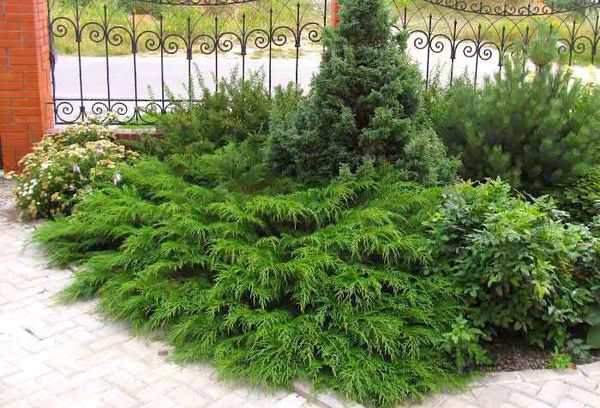
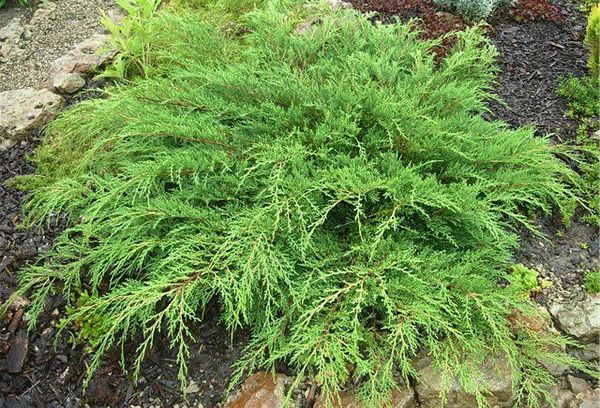

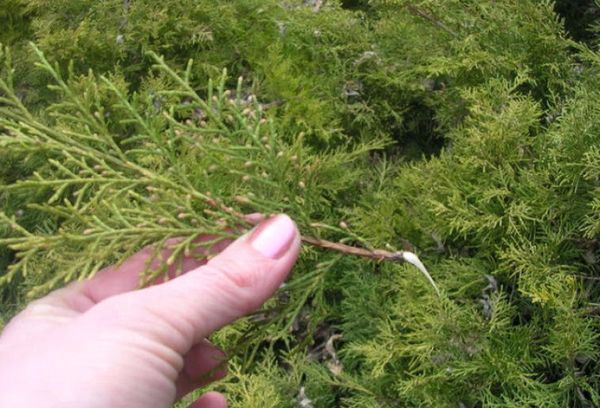
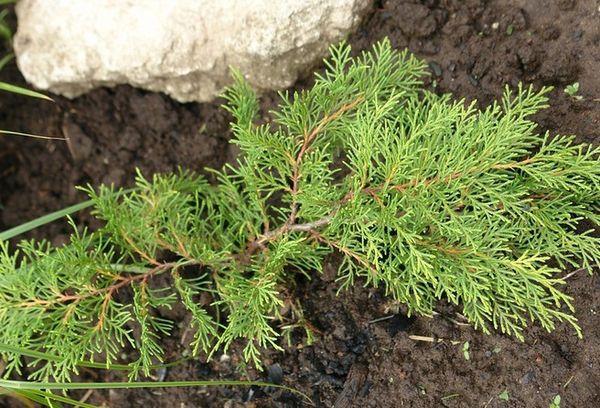
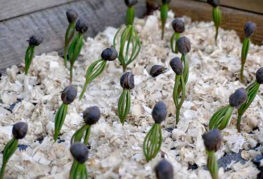
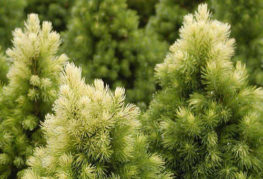
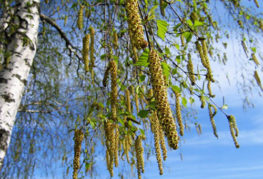
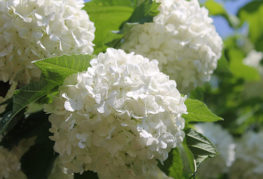
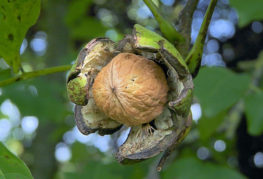
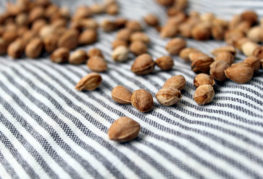
and will be published shortly.